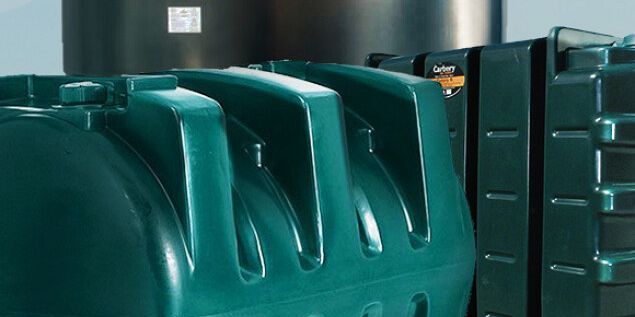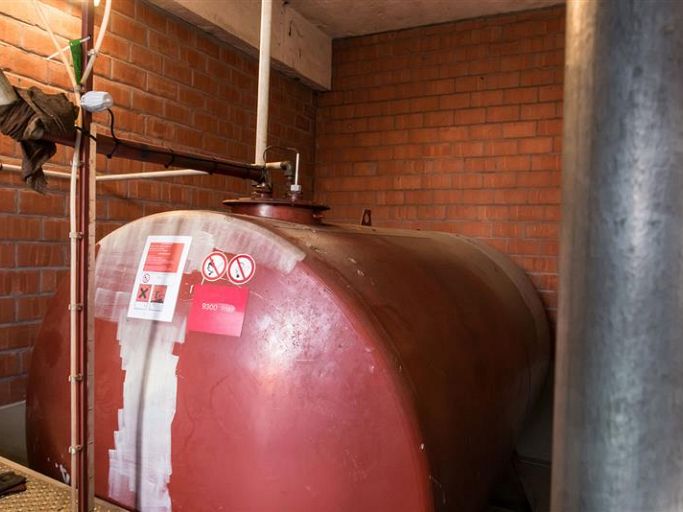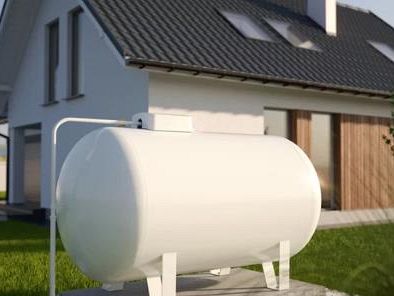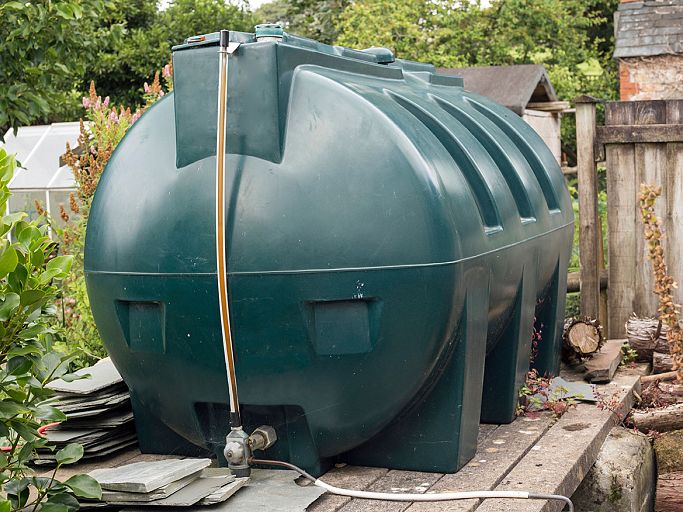- Oil
- Diesel
- Petrol
- AdBlue
- Water
- Sewage
-
Brands
- New Releases
- In Stock
- Sale
- Best Sellers
- Fuel Tank Hire
- More
-
Services
What are the different types of oil tank?
20th August 2022 in oil

There are several different types of oil storage tanks available and making sure that you know the difference between them can be essential for making sure you get the correct fit for your situation and to meet your needs. In this blog we’ll run through the things you need to know including location, materials and type of tank.
Location and size of tanks
There are three main locations it’s possible to install an oil tank, and they are:
- Indoors above ground: These tanks are usually installed in basements and cellars, utility rooms, garages or other outbuildings. What size of oil tank do you need? There are various sizes available, though the most common holds 275 gallons (approx. 1,250 litres) of fuel. Smaller models can store around 160 gallons and larger tanks can hold 400. Factors such as how often the heating system is used can influence what the right size of tank is. Obviously, larger tanks don’t need to be refilled as often as smaller tanks, though the financial outlay will be larger.
- Outdoors above ground: Usually installed next to the home or close by within the grounds (garden, yard etc), these tanks are often seen at properties in small towns and villages or other rural areas – places to which some domestic services and utilities perhaps haven’t yet extended. Above ground tanks are manufactured to withstand wide-ranging weather conditions (storms, snow). As with indoor above ground tanks, storage capacities vary according to the user’s need. Most hold 275 gallons of fuel, though smaller ones store approximately 160 gallons (approx. 700 litres) and larger ones hold 400 (approx. 1800 litres).
- Below ground: These are also sometimes referred to as underground tanks and are buried out of sight along with the supply pipes so – obviously - they’re a good choice for certain domestic and non-domestic situations. The pipe for refilling of this kind of tank is placed in an easy access position above ground. Below ground tanks are, usually, larger than above ground tanks with some holding 1,000 gallons (approx. 4,500 litres). It’s also possible to install below ground tanks indoors – but whether there or outdoors, any installation must always be undertaken by a professional team. It’s important to mark the position of this kind of tank as, if the position is not known, they can cause issues for new owners of the property, or construction crews or maintenance workers who need to do below ground works.
Tank materials
There are two main types of oil tank material, and they are:
- Plastic: The weight of plastic oil tanks is much less than steel tanks, so they’re far easier to transport and install. Unlike steel tanks, plastic tanks are not susceptible to rust and, due to the fact plastic is an insulator, the transfer of any heat from the outside environment to the materials within is slowed considerably. Another major benefit of plastic oil tanks is that they’re seamless – in other words they’re a completely sealed unit (other than any intended vents and access points). This means they’re unlikely to split and leak along ‘joins’. From a financial perspective, plastic oil tanks are much cheaper.
- Steel: Steel oil tanks are versatile (suitable for below ground and above ground installation). Because they’re made from a durable material they are resilient and can resist extreme weather. Steel can also withstand corrosion, which means that the lifespan of the tank is extended as any internal or external problems of this nature are going to take much longer to develop. Steel tanks also offer better security against theft than plastic tanks, as they are much harder to drill through and syphon from. They are also, obviously, heavier – so if an enterprising thief plans on tanking the whole tank they are going to find it much more difficult to remove.
Tank types
There are three types of tank format, and they are:
1. Single-Skinned Tank: These are usually the least expensive type of tank available and, though they’re obviously more than up to the task of housing your oil, they are also the most vulnerable type you can buy. They offer, as the name suggests, just a single layer of protection against potential oil leaks. You can certainly reduce that risk by installing single-skinned tank in a secondary containment such as a masonry bund, though you should take expert advice if planning to do so. There are also several conditions which must be met for a single skinned tank to be installed. These are:
- Must be below 2,500 litres (approx. 550 gallons) capacity.
- No other potential environmental hazards in the vicinity.
- Must not be sited within a Groundwater Source Protection Zone (an environment agency designated zone designed to control activities close to areas where water for public supply is extracted from the ground).
- Cannot be within 10m of controlled water (stream, river, septic tank, etc).
2. Bunded Tanks: A bunded oil tank is basically a tank within a tank, and it can significantly reduce a pollution problem occurring because spilled or leaked fuel will be securely contained. The inner layer of a bunded tank contains the oil and the outer layer is a failsafe for if the inner is damaged. The bund can hold 110% of the inner tank’s capacity, as well as the fittings. Bunded oil tanks are considered to be the best on the market because they offer the very best protection from leaks and condensation due to the insulation provided by their air gaps in the bund.
3. Double-Skinned Tanks: Sometimes referred to as ‘dual containment’, this type of tank has two layers and provides much more secure oil storage than single-skinned. The outer layer is usually made of steel or aluminium (with the inner usually plastic) and helps to protect against leaks should a failure occur. However, unlike bunded tanks, the outer tank does not necessarily contain 110% capacity and is therefore not always suitable. In the UK and Republic of Ireland, double-skinned tanks are usually used in below ground installations.
The type of tank you need to install depends on several factors, and making the right choice is really not just as straightforward as picking the first seemingly suitable tank you see. Different types of oil tanks (whether in materials or format) are suitable for different situations. You may be storing oil for fuel, or you may need waste oil tanks. Whatever your need, it’s always a good idea to consult the professionals. They can undertake an appraisal of your site, and a risk assessment (whether it’s the first installation or a replacement) and recommend the perfect tank for you.
One of the largest selections of tanks in the UK
Chat online or call us today on 01469 531229
Related Products
More Articles

How to Prevent Oil Theft – 8 Security Measures
1st August 2022 in oil

7 signs your oil tank needs replacing
4th August 2022 in oil

What are the advantages of a bunded oil tank?
6th August 2022 in oil

Our top 8 ways to maintain your oil tank
8th August 2022 in oil
Help
About Us
My Account
Newsletter Sign Up
Inspiration direct to your inbox, please enter your email below...
Help About Us My Account
© Tanks R Us. All rights reserved. Registered in England. Registration number. 05804332. VAT number 364402764
Designed and produced by Kal Group